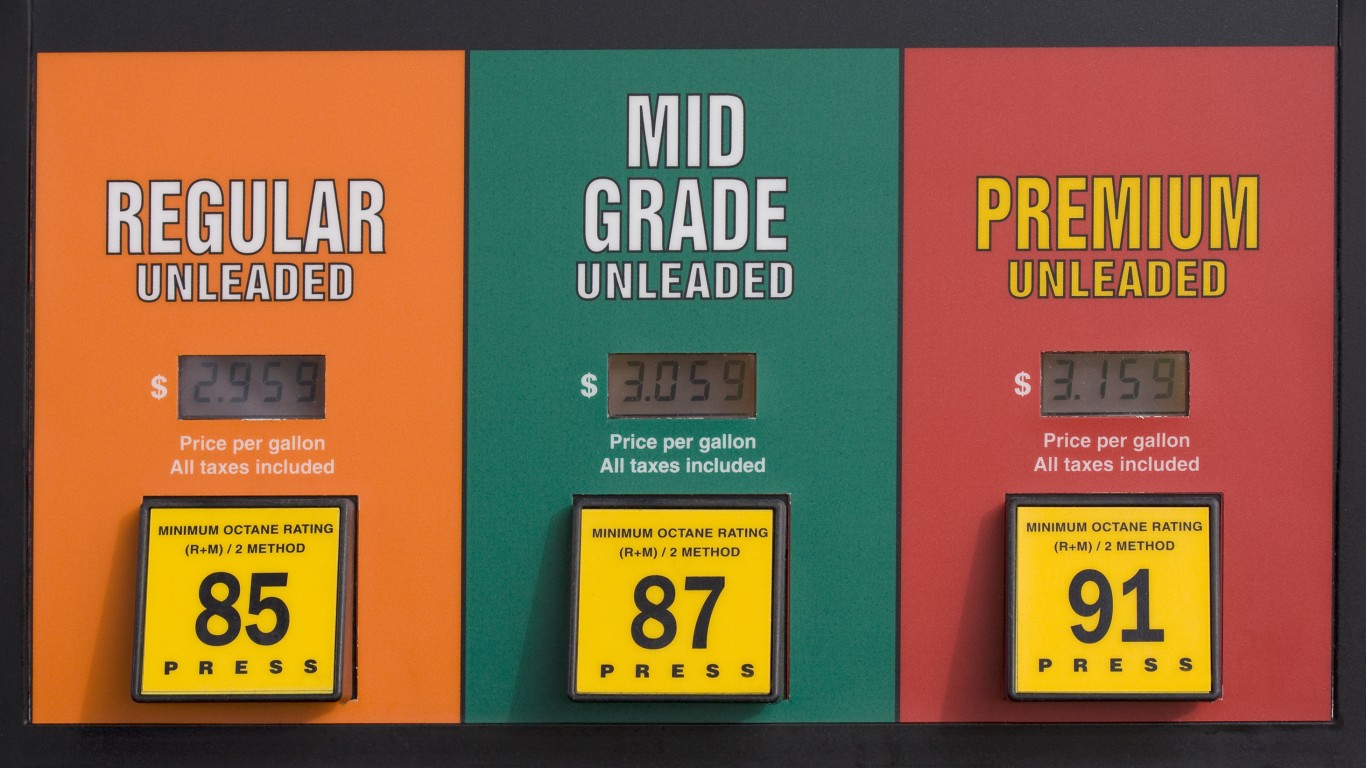
This post may contain links from our sponsors and affiliates, and Flywheel Publishing may receive
compensation for actions taken through them.
When Saudi Arabia persuaded its fellow OPEC members in December 2014 to produce more oil as a response to the falling price of crude, the idea was to drive out the high-cost producers, primarily in the U.S. shale patch. To some degree that worked, as many companies, especially those who had borrowed heavily and couldn’t make money when prices fell below $40 a barrel filed for bankruptcies.
But that oil they were chasing is still there, and in many North American shale plays, the cost to extract that oil has dropped from around $70 a barrel to below $50 a barrel. According to energy industry consultancy Wood Mackenzie, the average North American shale play’s break-even price is now below $50 a barrel, with break-even prices in some fields (the Wolfcamp formation in the Permian Basin, for example) below $30 a barrel.
Even deepwater production from the Gulf of Mexico has fallen for all but the deepest water. Wood Mac’s estimated range of break-even pricing for the Gulf’s shallow water subsalt Miocene runs from about $32 a barrel to $52 a barrel.
On top of production we need to add in overhead and interest charges and transportation costs. Overhead costs are roughly $4 a barrel no matter where in North America a barrel is produced. Transportation costs, however, are a different story.
A barrel of Permian Basin crude may cost just $3 to get to the Gulf Coast refineries and export terminals. A barrel of Bakken crude may cost up to $12 a barrel to ship by rail to the U.S. east coast. That Bakken barrel costs about $52 to produce, so the all-in cost of a barrel is about $68 on average.
What this means for the price of U.S. crude oil is that it is expected to remain well below the $100 per barrel levels of the last decade.
Take This Retirement Quiz To Get Matched With An Advisor Now (Sponsored)
Are you ready for retirement? Planning for retirement can be overwhelming, that’s why it could be a good idea to speak to a fiduciary financial advisor about your goals today.
Start by taking this retirement quiz right here from SmartAsset that will match you with up to 3 financial advisors that serve your area and beyond in 5 minutes. Smart Asset is now matching over 50,000 people a month.
Click here now to get started.
Thank you for reading! Have some feedback for us?
Contact the 24/7 Wall St. editorial team.




